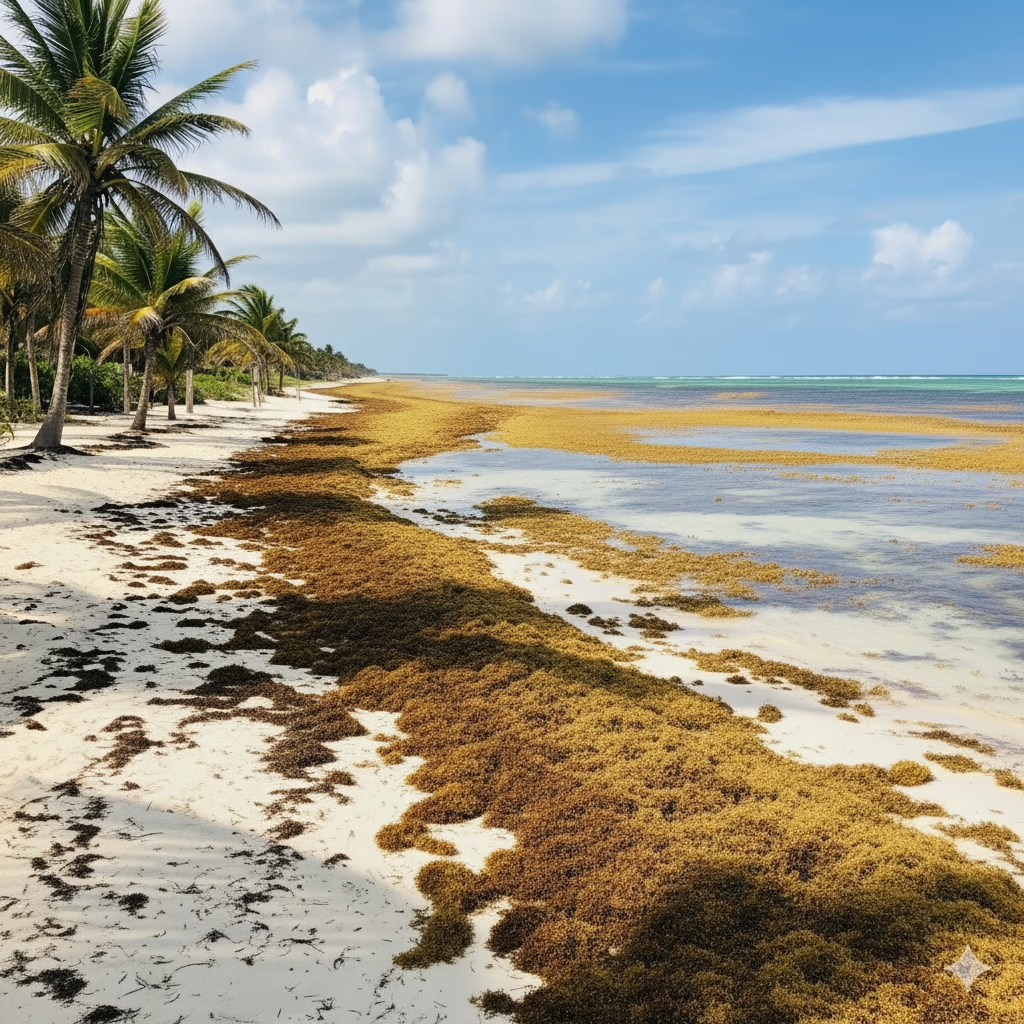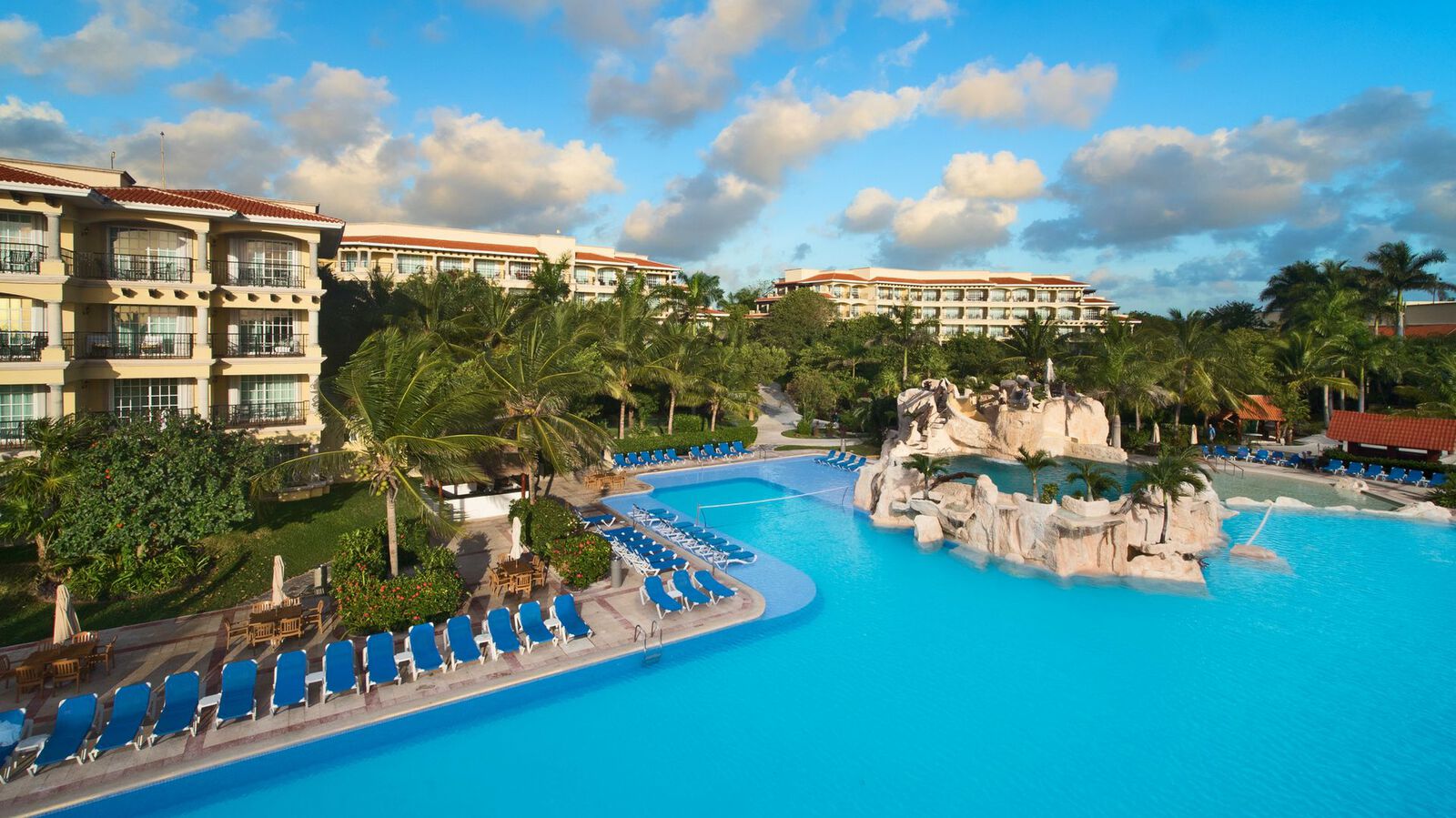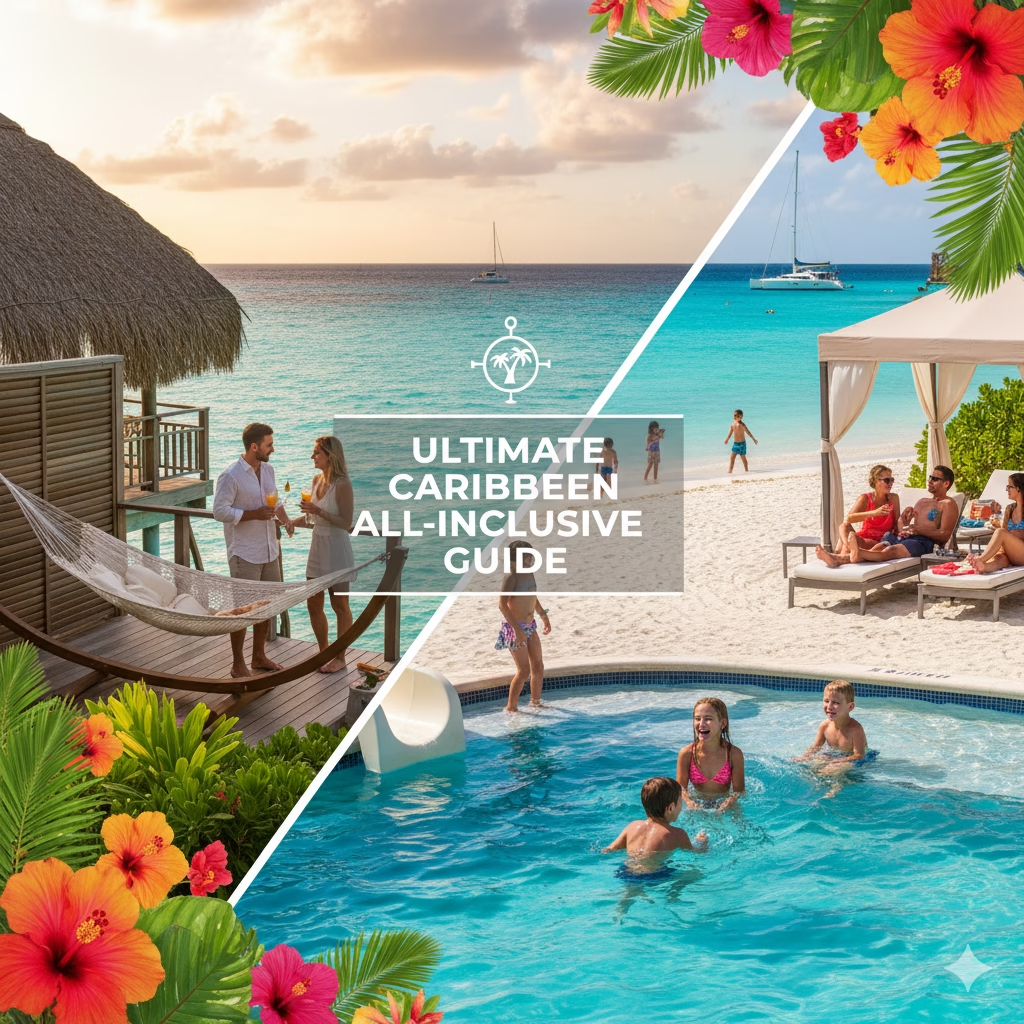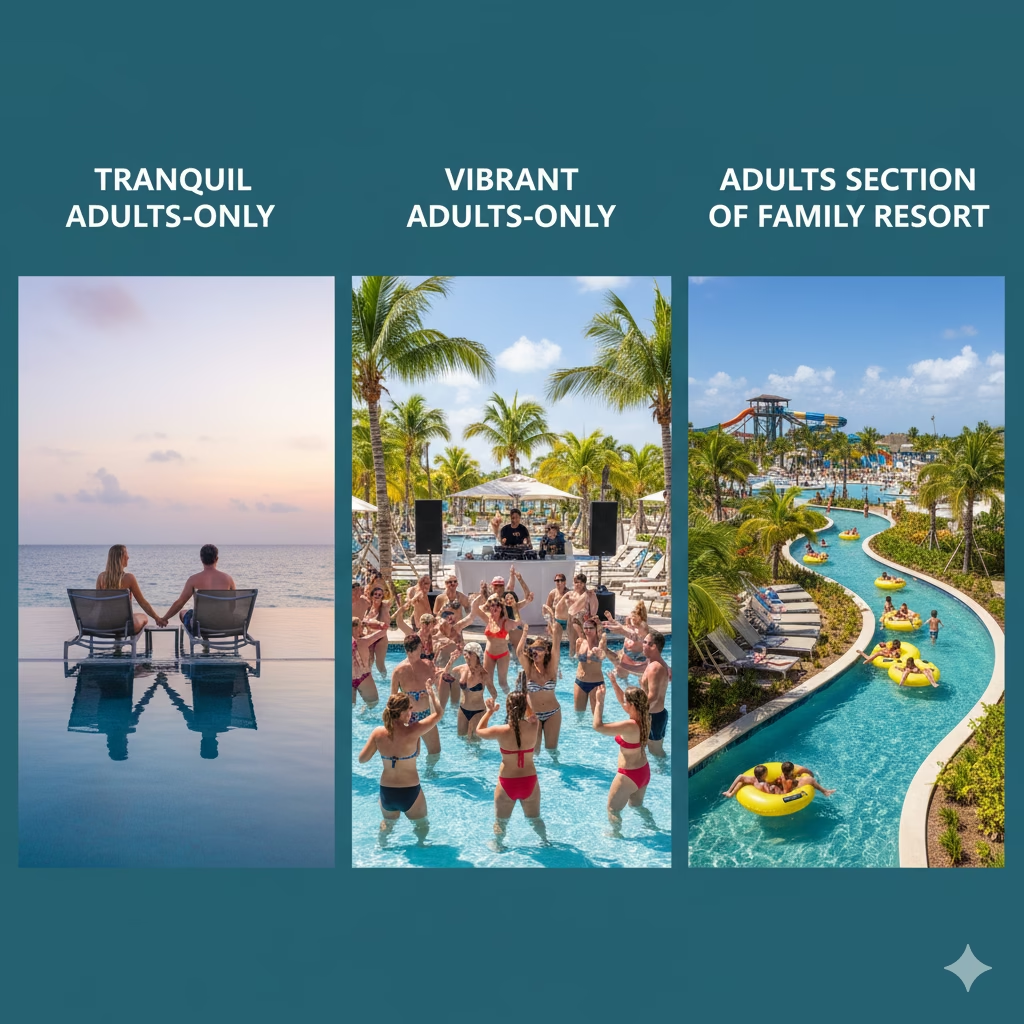The turquoise waters and powdery white sands of the Mexican Caribbean have long beckoned travelers to the Yucatan Peninsula. Visions of idyllic days spent lounging by the sea, snorkeling in crystal-clear waters, and soaking up the sun are what draw millions to Cancun, Playa del Carmen, Tulum, and beyond. However, in recent years, a new and formidable challenge has emerged, altering this picture-perfect paradise: the unprecedented influx of sargassum seaweed.
What was once a minor, seasonal occurrence has become a significant environmental and economic concern, prompting many would-be visitors to ask: “Is my dream beach vacation still possible?” The answer is a resounding yes, but it requires a bit more planning and a shift in perspective. This comprehensive guide will demystify the sargassum phenomenon, explore its impact, and, most importantly, equip you with the knowledge to find those coveted, clear-water havens in the Yucatan.
What is This Stuff? The Science Behind the Seaweed
Before diving into solutions, it’s crucial to understand what sargassum is. Sargassum is a genus of large, brown, free-floating seaweed that forms vast mats on the surface of the ocean. Unlike many seaweeds that attach to the ocean floor, sargassum floats freely, buoyed by small, berry-like gas bladders that give it its name (from the Portuguese sargaço, meaning “small grape”).
Historically, sargassum has been an integral part of the Sargasso Sea, a vast region in the Atlantic Ocean bounded by ocean currents. This unique marine ecosystem, famously depicted by Christopher Columbus, provides critical habitat for a diverse array of marine life, serving as a nursery for fish, turtles, and various invertebrates.
However, in the last decade, a new and much larger phenomenon has emerged: the Great Atlantic Sargassum Belt (GASB). Stretching from the coast of West Africa across the Atlantic to the Gulf of Mexico, this belt can span over 5,000 miles and contain millions of tons of seaweed. The causes behind this explosion are complex, but leading scientific theories point to two primary drivers:
- Increased Nutrient Runoff: Scientists believe that increased nutrient loading from major rivers emptying into the Atlantic, particularly the Amazon River, and potentially the Mississippi River, is fueling the sargassum’s rapid growth. Agricultural fertilizers, sewage, and other pollutants wash into these rivers, providing a rich “buffet” of nitrogen and phosphorus for the seaweed.
- Climate Change and Warmer Waters: Rising ocean temperatures due to climate change create more favorable conditions for sargassum to thrive and reproduce. Warmer waters can accelerate its growth rate, turning what was once a natural ocean feature into a proliferating challenge.
The Impact: Why It’s More Than Just a Little Seaweed
When these colossal mats of sargassum wash ashore in unprecedented quantities, the impact is multifaceted and far-reaching, affecting both the environment and the vibrant tourism economy of the Caribbean.
The Impact On the Environment:
While sargassum plays a vital role as a habitat in the open ocean, its arrival in massive amounts on coastal ecosystems can be detrimental.
- Suffocating Coral Reefs: When dense mats settle over coral reefs, they block sunlight, depriving corals and other photosynthetic organisms of the light they need to survive. As the sargassum decomposes, it can also deplete oxygen levels in the water, creating anoxic (oxygen-deprived) zones that are deadly to marine life.
- Impacting Marine Life: Sea turtles, particularly hatchlings, can become entangled in the dense mats. Fish and other organisms that rely on clear water and healthy reefs are displaced or harmed.
- Altering Beach Ecosystems: The sheer volume of decaying seaweed can significantly alter the natural beach environment, impacting nesting sea turtles and coastal bird populations.
The Impact On Tourism and the Local Economy:
This is perhaps the most visible and economically damaging consequence for regions like the Yucatan.
- Fouled Beaches: The picturesque white sands become covered with thick layers of brown seaweed, making swimming and sunbathing unappealing.
- Unpleasant Odor: As sargassum decomposes on the beach, it releases hydrogen sulfide gas, which produces a strong, rotten-egg smell. This pungent odor can permeate coastal areas, making even hotel balconies uncomfortable.
- Deterring Visitors: The combination of unsightly beaches and foul smells significantly deters tourists, leading to cancellations, reduced bookings, and negative reviews. This, in turn, impacts hotels, restaurants, tour operators, and countless local businesses that rely on the tourism dollar. Millions of dollars are spent annually on cleanup efforts, diverting resources that could be used elsewhere.
The Impact On Human Health:
While generally not a severe health risk, large accumulations of decomposing sargassum can pose minor concerns. Direct contact can cause skin irritation for some individuals, and inhaling hydrogen sulfide gas, especially in high concentrations or for prolonged periods, can lead to respiratory irritation, headaches, and nausea, particularly for those with pre-existing conditions like asthma.
Finding Your Oasis: The Sargassum-Free Areas of the Yucatan
Despite the challenges, a fantastic and clear-water vacation in the Yucatan Peninsula is absolutely still within reach. The key lies in understanding where sargassum tends to accumulate less and knowing what alternatives are available.
The Islands: Natural Barriers Against the Seaweed Surge
Due to their geographical position and the protective influence of ocean currents, several islands off the coast of the Yucatan often experience significantly less sargassum than the mainland Riviera Maya.
- Isla Mujeres: Just a short ferry ride from Cancun, Isla Mujeres is a perennial favorite for those seeking clear waters. Its most famous stretch of sand, Playa Norte, is consistently ranked among the best beaches in the world and is remarkably protected from sargassum. The island’s location, combined with the prevailing currents, means that most of the seaweed drifts past its shores or is significantly reduced before reaching its western and northern beaches. The calm, shallow waters of Playa Norte remain inviting for swimming and lounging. Check out these resort on Isla Mujeres.
- Isla Holbox: Located off the northern tip of the Yucatan Peninsula, Isla Holbox offers a distinctly different vibe from the bustling Riviera Maya. Its position on the Gulf of Mexico side, rather than directly facing the open Caribbean, means it is generally less affected by sargassum. The shallow, calm waters and bohemian atmosphere make it a fantastic choice for those seeking a tranquil, seaweed-reduced beach experience. Its famous bioluminescence tours are also unaffected.
- Cozumel: This larger island, a short ferry ride from Playa del Carmen, often provides a sargassum reprieve, particularly on its western coast. The deep channel between Cozumel and the mainland, combined with the dominant currents, tends to steer the majority of the sargassum past the island or towards its less-developed eastern shore. Cozumel is world-renowned for its scuba diving and snorkeling, and the underwater visibility on its western side remains spectacular, largely unaffected by the floating seaweed. Check out these resorts on Cozumel.
The Freshwater Sanctuaries: A Refreshing Alternative
For those who crave a swim but want to guarantee a sargassum-free experience, the Yucatan’s freshwater marvels offer perfect alternatives.
- Bacalar Lagoon: Known as the “Lagoon of Seven Colors” due to its incredible spectrum of blues and greens, Bacalar is a true gem. Located inland in the southern part of Quintana Roo, this freshwater lagoon is entirely unaffected by ocean sargassum. It offers pristine, calm waters perfect for swimming, kayaking, paddleboarding, and sailing. The vibe in Bacalar is laid-back and enchanting, a world away from the coastal hustle.
- The Cenotes: The Yucatan Peninsula is famous for its unique geological formations—the cenotes. These natural, freshwater sinkholes are formed when limestone bedrock collapses, revealing an underground river or cave system. They are the ultimate sargassum-free escape. With thousands of cenotes scattered across the peninsula, each offering a distinct experience, you can spend days exploring these magical places without ever seeing a single piece of seaweed. From vast, open-air cenotes with lush vegetation to deep, dramatic cavern cenotes with stalactites, they provide a refreshing and adventurous alternative to the ocean. Swimming in a cenote isn’t just a way to avoid sargassum; it’s a chance to connect with the region’s ancient past. For the Maya people, cenotes were sacred gateways to the underworld, and today they remain a spiritual and natural marvel.
Sheltered Coastal Regions: Mainland Options with Potential Relief
While the mainland coast is generally more exposed, certain areas offer a degree of protection or are actively managed to mitigate sargassum.
- Costa Mujeres / Playa Mujeres: Located just north of Cancun’s bustling hotel zone, this newer development area often experiences less sargassum. Its position, somewhat shielded by Isla Mujeres and with different current patterns compared to the central Cancun strip, can result in clearer beaches. Many resorts in this area are also proactive with cleanup efforts and barriers. Check out these resorts along Costa Mujeres.
- Protected Bays and Coves: Along the Riviera Maya, some smaller, more sheltered bays can offer temporary relief, though this can be more variable depending on winds and currents. For example, some stretches within Akumal or Puerto Aventuras that are more enclosed might see less direct impact. However, conditions can change rapidly, so checking local reports is especially crucial for these locations. These spots are often managed by specific resorts or communities that invest heavily in keeping their immediate beachfront clear.
Beyond Location: Smart Travel Strategies
While choosing a destination less affected by sargassum is a great first step, a savvy traveler can employ other strategies to ensure a fantastic trip, regardless of where they stay.
- Timing is Key: The sargassum season is typically from April to October, with the highest concentrations usually occurring during the summer months of June, July, and August. If you can, consider visiting during the dry season, from November to February, when sargassum levels are historically at their lowest.
- Check Real-Time Updates: Technology is your best friend. Don’t rely on past experiences or broad generalizations. There are several excellent online resources that provide daily or weekly updates on sargassum conditions, often with real-time photos and even live webcams. Key resources to look for include the Red de Monitoreo del Sargazo Cancún (Sargassum Monitoring Network of Cancun) on Facebook and sites like SargassumMonitoring.com which offer forecasts and maps. Checking these tools before you head to the beach can help you decide where to go each day.
- Leverage Hotel & Resort Efforts: Many hotels and resorts in heavily impacted areas have invested significant resources in managing the problem. They often deploy sargassum barriers offshore to trap the seaweed before it reaches the beach and hire daily cleanup crews to rake the sand in the early morning hours. When booking your stay, ask the hotel directly about their current sargassum management plan.
- Embrace the “Other” Yucatan: The Yucatan Peninsula is so much more than its beaches. A sargassum event is a perfect excuse to dive into the region’s rich culture, history, and natural beauty. Visit the breathtaking Mayan ruins of Chichen Itza, the stunning clifftop city of Tulum, or the lesser-known but equally impressive sites like Coba or Ek Balam. Wander the colorful, cobblestone streets of inland cities like Valladolid and the vibrant, bustling capital of Mérida. Take a cooking class or embark on a food tour to savor authentic Yucatecan dishes.
A Broader Perspective and a Glimmer of Hope
The sargassum challenge is a stark reminder of our changing planet. While it presents a nuisance for tourists and a real problem for local ecosystems, scientists and communities are not standing idly by. Governments and researchers are exploring long-term solutions, from the development of sargassum-specific harvesters to finding innovative uses for the seaweed itself, such as in biofuel, building materials, or fertilizer.
The sargassum phenomenon is a new reality for the Caribbean. But it doesn’t have to ruin your vacation. By choosing your destination wisely, staying informed, and being open to the incredible non-beach experiences the Yucatan has to offer, you can still have the trip of a lifetime. The magic of the peninsula—its history, culture, and spirit—remains as vibrant and inviting as ever, waiting for you to discover it.





